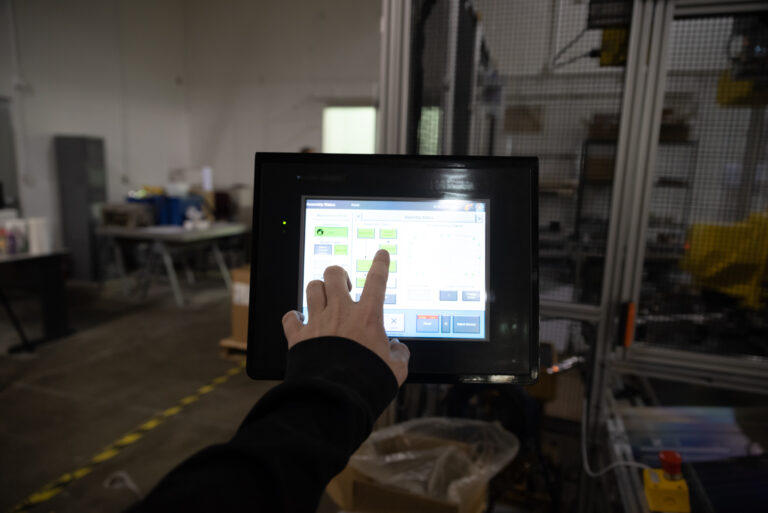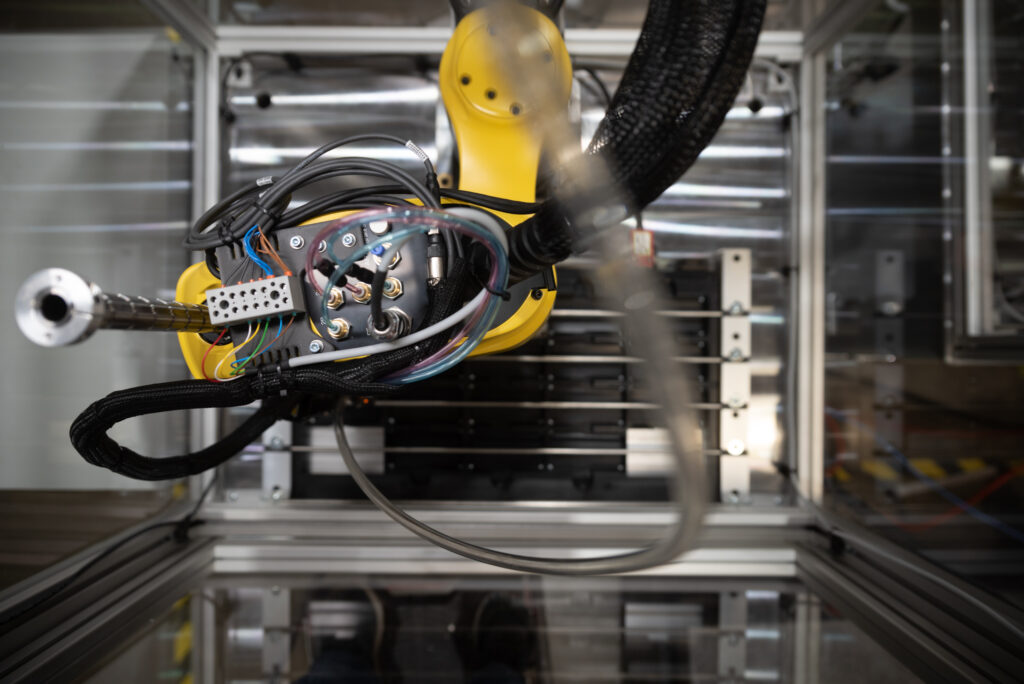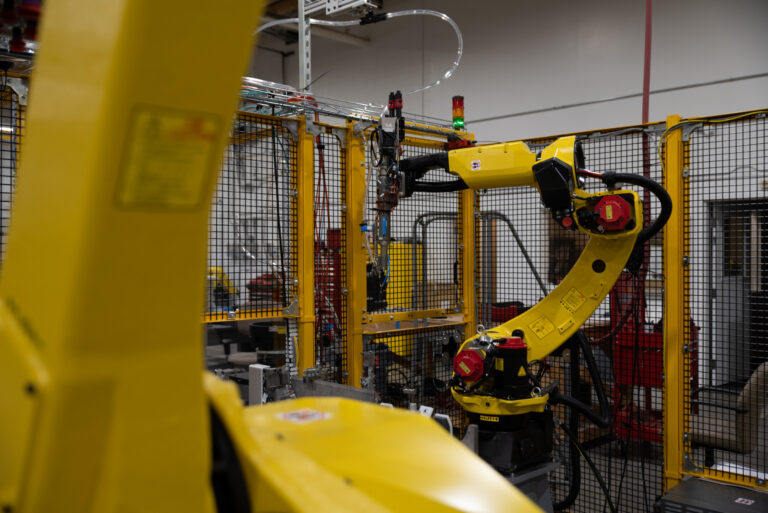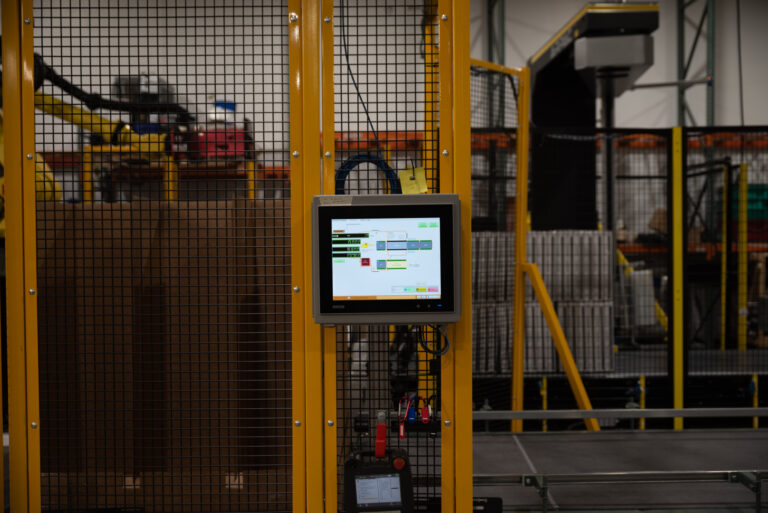In an era where technological advancements are rapidly transforming industries, manufacturing is no exception. Robotics is at the forefront of this revolution, promising to reshape the factory floor as we know it. If you’re a manufacturer looking to stay competitive, integrating robotics into your processes is no longer a luxury but a necessity. In this blog post, we’ll delve into how robotics can revolutionize your factory, leading to substantial efficiency improvements, reduced costs, and increased profits.
The Rise of Robotics in Manufacturing
The manufacturing sector has witnessed a significant shift towards automation and robotics in recent years. Why? Because robotics offers a host of advantages that can’t be ignored.
Precision and Consistency
One of the primary benefits of integrating robotics into manufacturing is precision and consistency. Robots excel at performing repetitive tasks with an incredible level of accuracy, ensuring that products meet strict quality standards every time. This precision minimizes defects and rework, saving both time and money.
Increased Productivity
Robots never tire, never take breaks, and can work around the clock. This 24/7 availability translates into a substantial increase in productivity. Tasks that might take humans hours to complete can be done in minutes by robots, leading to higher output in a shorter time frame.
Safety and Risk Reduction
Safety is a paramount concern in manufacturing. Robots can be deployed in hazardous environments or to handle dangerous materials, reducing the risk of accidents and ensuring the well-being of your workforce. This also leads to fewer workplace injury claims and a decrease in associated costs.
Scalability
As your business grows, so does the demand for your products. Robots can be easily reprogrammed and adapted to new tasks, allowing for scalability without the need for extensive retraining or hiring additional workers. This agility is a crucial advantage in a dynamic market.
Cost Savings Through Robotics
While the initial investment in robotics may seem substantial, the long-term cost savings are undeniable.
Reduced Labor Costs
One of the most significant cost-saving benefits of robotics is the reduction in labor costs. While you may need skilled technicians to operate and maintain the robots, the number of manual laborers required significantly decreases. This reduction in the workforce can result in substantial savings in wages, benefits, and training expenses.
Lower Error Rates
Human error can be costly, leading to defects and waste. With robotics, error rates are significantly lower, which translates into savings through reduced materials usage and rework.
Energy Efficiency
Modern robots are designed to be energy-efficient. They consume only the power needed to perform their tasks, resulting in lower energy bills and a smaller carbon footprint for your factory.
Improved Profit Margins
The ultimate goal of any business is to increase profits. Robotics can contribute to this in several ways.
Faster Time to Market
Robots speed up the production process, allowing you to bring products to market more quickly. This agility can be a game-changer, especially when responding to changing customer demands or market trends.
Enhanced Product Quality
Improved product quality not only reduces costs associated with defects but can also command higher prices in the market. Customers are often willing to pay more for products they trust will meet their expectations consistently.
Competitive Advantage
Incorporating robotics into your manufacturing processes gives you a competitive edge. It can differentiate your products and services from those of your competitors, attracting more customers and increasing market share.
Challenges and Considerations
While the benefits of robotics in manufacturing are substantial, it’s essential to be aware of the challenges and considerations involved.
Initial Investment
As mentioned earlier, the upfront cost of robotics can be significant. However, many governments and financial institutions offer incentives and financing options to ease the burden.
Technical Expertise
Operating and maintaining robots requires skilled technicians. Ensure that your team is adequately trained or consider outsourcing maintenance to experts.
Integration
Integrating robotics into existing processes can be complex. It’s crucial to have a well-thought-out plan and possibly consult with experts in automation and robotics to ensure a smooth transition.
The manufacturing landscape is evolving, and those who adapt stand to gain the most. Integrating robotics into your factory can lead to remarkable efficiency improvements, reduced costs, and increased profits. It’s a strategic move that not only keeps you competitive but can also future-proof your business in an ever-changing market. So, why wait? Embrace the robotics revolution and revolutionize your factory today! Your future success may very well depend on it.




